Home>Furniture & Design>Interior Design Trends>How To Open A Locked Sliding Glass Door
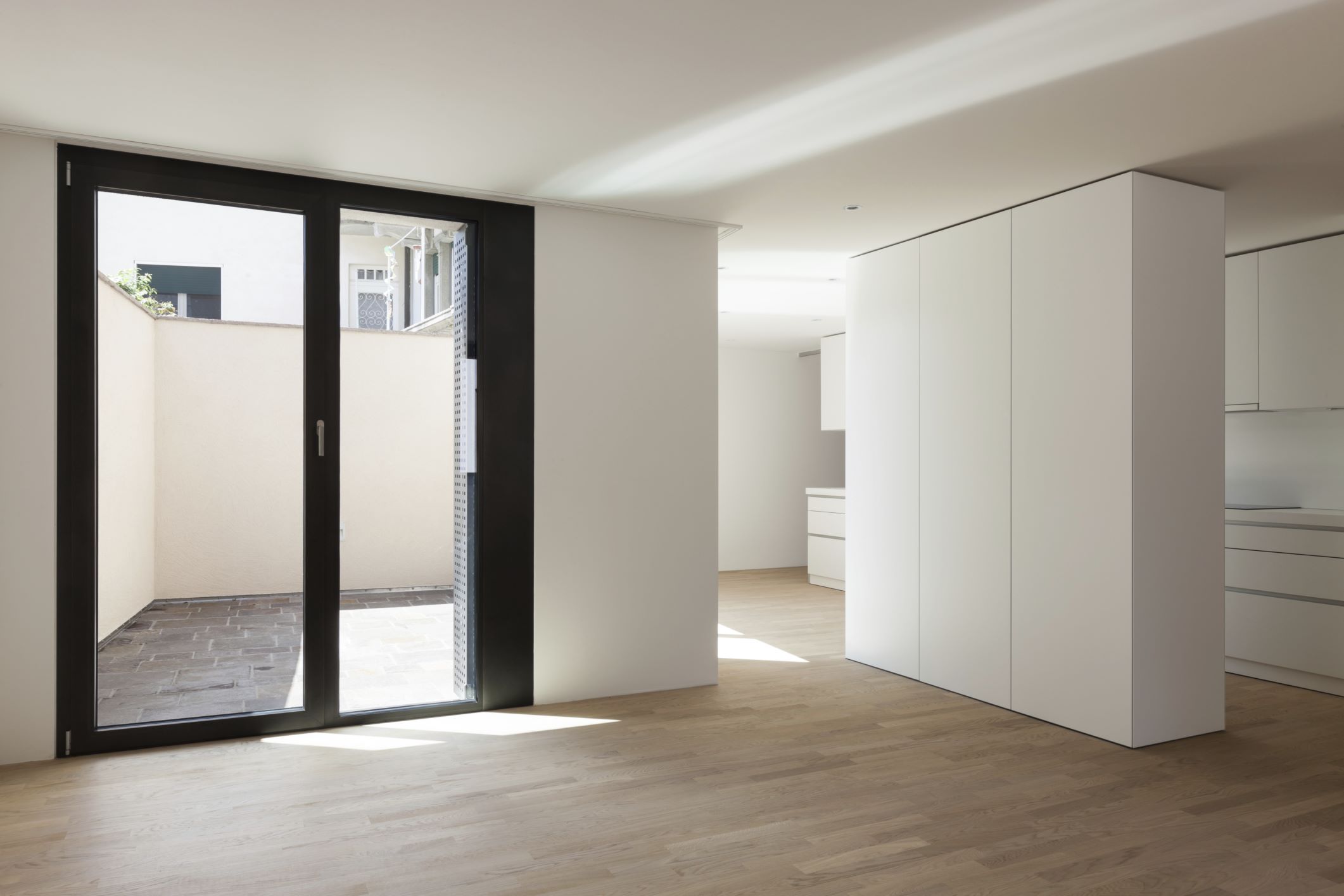

Interior Design Trends
How To Open A Locked Sliding Glass Door
Modified: February 18, 2024
Learn how to open a locked sliding glass door with these interior design trends. Discover practical solutions and stylish options for your home. Unlock the potential of your space today!
(Many of the links in this article redirect to a specific reviewed product. Your purchase of these products through affiliate links helps to generate commission for Storables.com, at no extra cost. Learn more)
Introduction
A locked sliding glass door can be a frustrating obstacle, preventing you from accessing your outdoor space or impeding the flow of natural light into your home. Whether the lock is jammed, the door is stuck, or the mechanism is faulty, dealing with a locked sliding glass door requires patience, a methodical approach, and the right tools. In this guide, we will walk you through the steps to troubleshoot and resolve the issue, from assessing the situation to exploring simple solutions and, if necessary, seeking professional assistance.
A locked sliding glass door can occur for various reasons, such as a misaligned door, debris obstructing the track, or a malfunctioning lock mechanism. Understanding the root cause is crucial in determining the most effective course of action to unlock the door and restore its functionality. By following the steps outlined in this guide, you can gain insight into the potential issues and learn how to address them effectively.
Whether you are a homeowner, a tenant, or a property manager, encountering a locked sliding glass door can disrupt your daily routine and compromise the security and accessibility of your living space. By familiarizing yourself with the troubleshooting process, you can equip yourself with the knowledge and skills to tackle this common household challenge with confidence.
In the following sections, we will delve into the specific steps to address a locked sliding glass door, from assessing the situation and gathering the necessary tools to attempting simple solutions, applying lubrication, and, if needed, removing the sliding door panel. By following these steps, you can navigate the process of unlocking a sliding glass door and potentially resolving the underlying issues causing the lock to malfunction.
Now, let's embark on this journey of troubleshooting and problem-solving to unlock your sliding glass door and restore the convenience and functionality it brings to your living space.
Key Takeaways:
- Troubleshooting a locked sliding glass door involves assessing the situation, gathering tools, trying simple solutions, using lubrication, and, if needed, removing the door panel. It’s a step-by-step process that can restore functionality and convenience.
- If DIY methods don’t work, calling a professional locksmith is a reliable solution. Locksmiths have the expertise, tools, and experience to diagnose and fix complex locking issues, ensuring the security and longevity of your sliding glass door.
Read more: How To Open Sliding Door Lock
Step 1: Assess the Situation
Before diving into troubleshooting a locked sliding glass door, it's essential to assess the situation thoroughly. Start by examining the exterior and interior of the door to identify any visible signs of damage, misalignment, or obstruction. Look for debris, such as dirt, leaves, or small objects, that may be hindering the smooth operation of the door along the track.
Next, check the condition of the door's frame and track. Inspect for any warping, dents, or rust that could be impeding the movement of the door. Additionally, observe the alignment of the door within the frame to determine if it is sitting properly and not skewed or off-center.
Take note of any unusual sounds or resistance when attempting to unlock or slide the door. This can provide valuable clues about the nature of the issue, such as a misaligned track, worn-out rollers, or a malfunctioning locking mechanism.
If the door is equipped with a locking mechanism, assess its condition and functionality. Test the lock to see if it engages and disengages smoothly, and ensure that the key or handle operates as intended. If the lock appears damaged or jammed, it may be the primary cause of the door being locked.
Consider the history of the door's operation. Have there been any recent incidents, such as extreme weather conditions or physical impact, that could have contributed to the door becoming locked? Understanding the context surrounding the issue can provide valuable insights into its potential causes.
By thoroughly assessing the situation, you can gather essential information to inform your next steps in troubleshooting the locked sliding glass door. This initial evaluation sets the foundation for identifying the underlying issues and determining the most appropriate solutions to unlock the door and restore its functionality.
Remember, a comprehensive assessment is the first step towards resolving the issue effectively, so take your time to observe and evaluate the condition of the locked sliding glass door before proceeding to the next phase of troubleshooting.
Step 2: Gather Necessary Tools
Gathering the necessary tools is a crucial preparatory step in addressing a locked sliding glass door effectively. By equipping yourself with the right tools, you can streamline the troubleshooting process and increase the likelihood of successfully unlocking the door. Here's a comprehensive list of essential tools to have on hand:
-
Flashlight: A reliable flashlight is indispensable for illuminating the door's track, frame, and locking mechanism, especially if the area is poorly lit or obscured. It enables you to inspect the components closely and identify any obstructions or damage that may be contributing to the door being locked.
-
Screwdriver Set: A set of screwdrivers, including both flathead and Phillips head varieties, is essential for removing the door's handle, lock mechanism, or any obstructing components. Different sizes of screwdrivers accommodate various types of screws commonly found in sliding glass doors.
-
Lubricant: A high-quality silicone-based lubricant or a specialized door lubricant can help address issues related to friction, stiffness, or squeaking within the door's track and rollers. Lubrication is often a simple yet effective solution for unlocking a stubborn sliding glass door.
-
Pliers: Having a pair of pliers on hand can be invaluable for manipulating and adjusting components within the door's mechanism. They can assist in gripping and maneuvering small parts, such as pins, screws, or the locking mechanism, during the troubleshooting process.
-
Putty Knife or Scraper: A putty knife or scraper can aid in removing accumulated dirt, debris, or old lubricant from the door's track and frame. Clearing the track of obstructions is essential for restoring smooth and unhindered movement of the door.
-
Safety Glasses and Gloves: Prioritizing safety, especially when working with tools and handling potentially sharp or dirty components, is essential. Safety glasses protect your eyes from debris, while gloves provide a barrier against sharp edges and dirt.
-
Replacement Parts (Optional): Depending on the nature of the issue, having replacement parts on hand, such as new rollers, a lock cylinder, or a handle assembly, can expedite the repair process if a component needs to be replaced.
By assembling these essential tools, you can approach the task of unlocking a sliding glass door with confidence and preparedness. These tools enable you to conduct a thorough inspection, perform necessary adjustments, and implement potential solutions to address the locked door effectively. With the right tools at your disposal, you are well-equipped to navigate the troubleshooting process and restore the functionality of your sliding glass door.
Step 3: Try the Simple Solutions
When faced with a locked sliding glass door, attempting simple solutions can often yield effective results, potentially resolving the issue without the need for complex repairs or professional intervention. These straightforward approaches are designed to address common causes of a locked sliding glass door and can be implemented with minimal effort. Here are several simple solutions to consider when troubleshooting a locked sliding glass door:
-
Check for Obstructions: Begin by inspecting the door's track and frame for any visible obstructions, such as dirt, debris, or small objects that may be impeding the smooth movement of the door. Use a flashlight to illuminate the track and identify any potential blockages. If obstructions are present, carefully remove them using a putty knife or scraper, ensuring that the track is clear and unobstructed.
-
Adjust the Alignment: Misalignment can contribute to a sliding glass door becoming locked. Examine the door within its frame and assess whether it is sitting evenly and squarely. If misalignment is evident, gently lift the door and adjust its position within the frame to ensure proper alignment. This simple adjustment can alleviate pressure on the locking mechanism and facilitate smoother operation.
-
Test the Lock Mechanism: Verify the functionality of the door's lock mechanism by engaging and disengaging it with the key or handle. If the lock appears to be jammed or stiff, apply a small amount of lubricant to the keyhole or the locking components to facilitate smoother operation. Test the lock again to see if it unlocks the door without resistance.
-
Examine the Rollers: The rollers along the bottom edge of the sliding glass door play a crucial role in its smooth movement. Inspect the rollers for signs of wear, damage, or debris accumulation. If the rollers appear worn or obstructed, consider cleaning them and applying lubricant to enhance their performance. In some cases, replacing worn-out rollers may be necessary to restore the door's functionality.
-
Inspect the Handle and Track: Ensure that the door's handle operates smoothly and that the track is free from damage or warping. If the handle is loose or difficult to turn, tighten any screws or components as needed. Additionally, check for any signs of damage or irregularities along the track that may be impeding the door's movement.
By exploring these simple solutions, you can take proactive steps to address the issue of a locked sliding glass door. These straightforward approaches are designed to troubleshoot common issues and potentially unlock the door without the need for extensive repairs. Implementing these simple solutions with care and attention to detail can help restore the functionality and convenience of your sliding glass door, allowing you to enjoy seamless access to your outdoor space and natural light.
Step 4: Use Lubrication
Lubrication serves as a fundamental solution for addressing issues related to friction, stiffness, and squeaking within the track and rollers of a sliding glass door. When confronted with a locked sliding glass door, applying the appropriate lubricant can often alleviate the underlying problems and facilitate the smooth operation of the door. Here's a detailed exploration of the lubrication process and its significance in troubleshooting a locked sliding glass door.
Read more: How To Lock A Sliding Glass Door
Importance of Lubrication
The track and rollers of a sliding glass door are subjected to constant friction and wear as the door is opened and closed. Over time, this friction can lead to stiffness, resistance, or squeaking, hindering the door's movement and potentially causing it to become locked. Lubrication plays a crucial role in reducing friction, minimizing wear, and promoting the effortless gliding of the door along its track.
Selecting the Right Lubricant
Choosing the appropriate lubricant is essential for achieving optimal results when addressing a locked sliding glass door. A high-quality silicone-based lubricant or a specialized door lubricant is recommended for this purpose. These lubricants are specifically formulated to provide long-lasting protection against friction and are compatible with the materials commonly found in sliding glass door tracks and rollers. It's important to avoid using oil-based lubricants, as they can attract dirt and debris, leading to potential track and roller blockages.
Application Process
To apply the lubricant, start by thoroughly cleaning the door's track and rollers to remove any accumulated dirt, debris, or old lubricant residues. Use a putty knife or scraper to clear the track, ensuring that it is free from obstructions. Once the track and rollers are clean and dry, apply a generous amount of the selected lubricant to the track, focusing on the areas where the rollers make contact. Ensure that the lubricant is evenly distributed along the entire length of the track to provide comprehensive coverage.
Testing and Maintenance
After applying the lubricant, test the door's movement to assess the impact of the lubrication. You should notice a significant improvement in the smoothness and ease of operation as the lubricant reduces friction and enhances the door's gliding motion. Regular maintenance of the lubricated track and rollers is recommended to preserve the door's functionality and prevent future locking issues. Periodically inspect the track and rollers, and reapply the lubricant as needed to maintain optimal performance.
By incorporating lubrication into the troubleshooting process, you can effectively address the underlying causes of a locked sliding glass door related to friction and stiffness. This simple yet impactful solution can restore the smooth and unhindered movement of the door, allowing you to unlock it and enjoy seamless access to your outdoor space.
Read more: How To Lock Sliding Glass Door With Dog Door
Step 5: Remove the Sliding Door Panel
When troubleshooting a locked sliding glass door, the option to remove the sliding door panel may become necessary to gain access to the internal components and address the underlying issues effectively. This step requires careful attention to detail and a methodical approach to ensure the safe removal and reinstallation of the door panel. Here's a comprehensive guide to navigating the process of removing the sliding door panel when faced with a locked sliding glass door.
Preparation and Safety Measures
Before initiating the removal process, it's essential to prioritize safety and prepare the surrounding area for the task at hand. Begin by clearing the immediate vicinity of the door to create ample space for maneuvering and handling the panel. Ensure that any fragile or valuable items near the door are relocated to prevent accidental damage during the removal process.
Additionally, consider enlisting the assistance of a second person to support the weight of the door panel during removal, especially if it is large or heavy. Prioritize the use of appropriate personal protective equipment, such as gloves and safety glasses, to safeguard against potential hazards and ensure a secure grip when handling the door panel.
Step-by-Step Removal Process
-
Identify the Fastening Mechanism: Inspect the top and bottom edges of the door panel to locate the fastening mechanism, which may consist of screws, clips, or brackets securing the panel to the track and frame. Use a flashlight to illuminate the edges and identify the fasteners clearly.
-
Unfasten the Door Panel: Using the appropriate tools, such as a screwdriver or a power drill with the relevant bit, carefully unfasten the screws or release the clips securing the door panel. Exercise caution to avoid stripping the screws or causing damage to the panel during the unfastening process.
-
Lift and Remove the Panel: With the fasteners disengaged, gently lift the door panel upward to disengage it from the track and frame. Enlist the assistance of a second person if needed to ensure the safe and controlled removal of the panel. Once lifted, carefully maneuver the panel away from the frame and set it aside in a secure location.
Inspection and Troubleshooting
Upon removing the sliding door panel, take the opportunity to inspect the track, rollers, and internal components for signs of damage, wear, or obstruction. Clear any accumulated debris from the track and examine the condition of the rollers to identify potential issues contributing to the door being locked. Additionally, assess the alignment of the panel within the frame to determine if adjustments are necessary to facilitate smooth operation.
Read more: How To Change Lock On Sliding Glass Door
Reinstallation Considerations
When the troubleshooting and maintenance tasks are complete, reinstallation of the sliding door panel is a reversal of the removal process. Exercise care and precision to align the panel with the track and frame, ensuring that it glides smoothly and securely engages with the fastening mechanism. Verify that the panel is seated correctly and that the fasteners are tightened appropriately to restore the door to its operational state.
By following these detailed steps for removing the sliding door panel, you can gain access to the internal components of the sliding glass door and address the underlying issues contributing to the lock. This methodical approach empowers you to conduct thorough inspections, perform necessary maintenance, and potentially resolve the locking issue effectively, restoring the functionality and convenience of your sliding glass door.
Step 6: Call a Professional Locksmith
In some instances, despite diligent efforts to troubleshoot and address a locked sliding glass door, the complexity or severity of the issue may necessitate the expertise of a professional locksmith. When faced with persistent locking problems, engaging the services of a skilled locksmith can provide a reliable and efficient solution to restore the functionality of the door.
Professional locksmiths possess specialized knowledge, experience, and tools specifically tailored to address a wide range of lock-related challenges, including those encountered with sliding glass doors. By entrusting the task to a locksmith, you can benefit from their expertise in diagnosing the root cause of the locking issue and implementing precise solutions to resolve it effectively.
Upon contacting a professional locksmith, they will conduct a comprehensive assessment of the locked sliding glass door, meticulously examining the locking mechanism, track, rollers, and related components. This thorough evaluation enables the locksmith to identify any underlying issues, such as damaged or worn-out parts, misaligned tracks, or malfunctioning locks, that may be contributing to the door being locked.
Based on their assessment, the locksmith will recommend and implement targeted solutions to address the specific issues affecting the sliding glass door. This may involve repairing or replacing damaged components, realigning the door within its frame, adjusting the locking mechanism, or performing specialized maintenance to restore the door's functionality.
Furthermore, professional locksmiths are equipped with a diverse array of tools and resources, allowing them to execute precise and intricate procedures with skill and efficiency. Whether it involves intricate lock repairs, precision adjustments, or the installation of replacement components, locksmiths possess the technical proficiency to navigate the complexities of sliding glass door locks and mechanisms.
Engaging a professional locksmith also offers the advantage of receiving expert guidance and recommendations for enhancing the security and longevity of the sliding glass door. Locksmiths can provide valuable insights into preventive maintenance practices, security enhancements, and the selection of high-quality locking mechanisms to fortify the door's resilience against potential locking issues in the future.
Ultimately, calling a professional locksmith for assistance with a locked sliding glass door provides a reliable and effective solution, ensuring that the underlying issues are addressed with precision and expertise. By leveraging the specialized skills and resources of a locksmith, you can expedite the resolution of the locking problem and regain the full functionality and security of your sliding glass door.
Frequently Asked Questions about How To Open A Locked Sliding Glass Door
Was this page helpful?
At Storables.com, we guarantee accurate and reliable information. Our content, validated by Expert Board Contributors, is crafted following stringent Editorial Policies. We're committed to providing you with well-researched, expert-backed insights for all your informational needs.
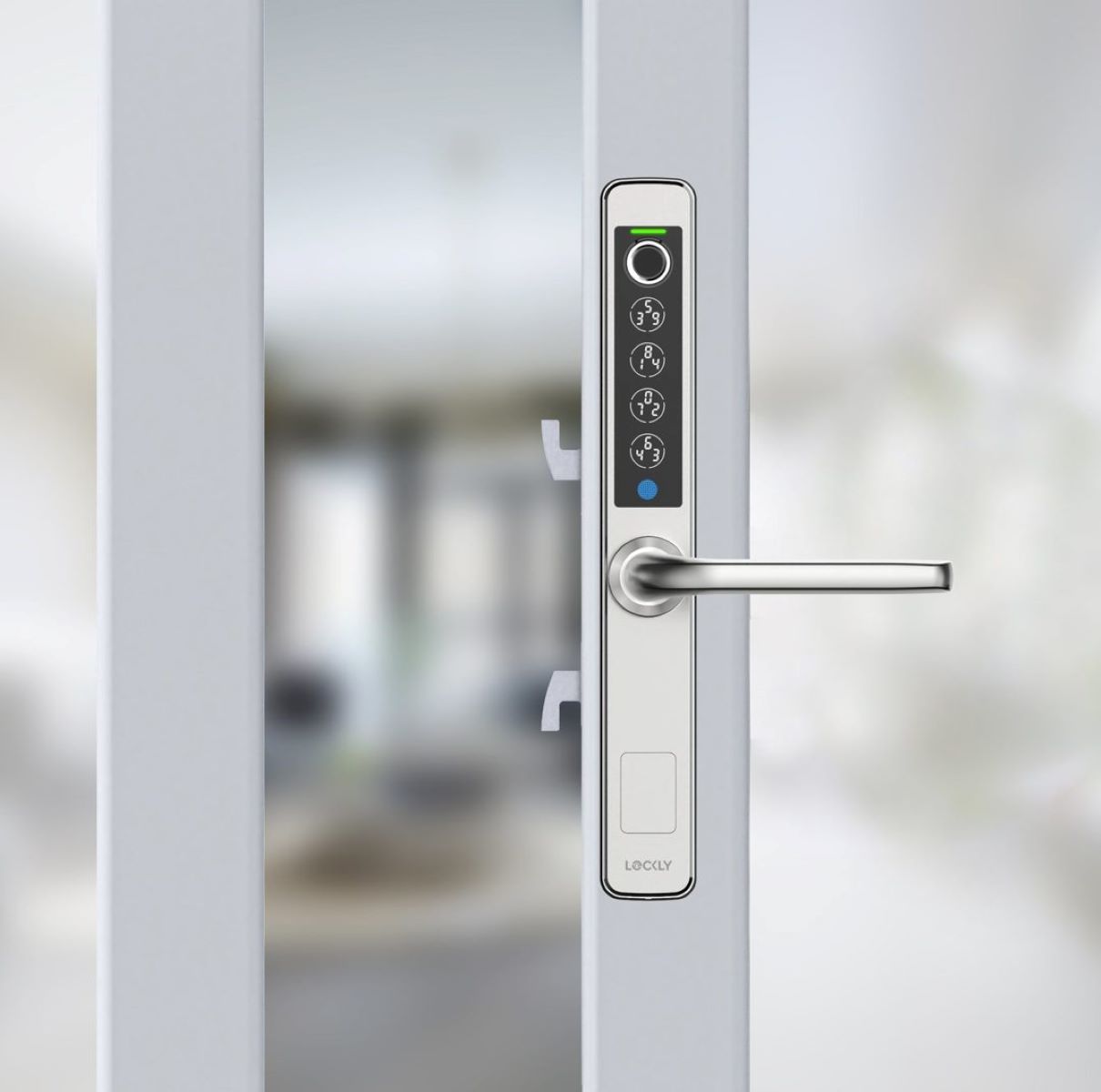
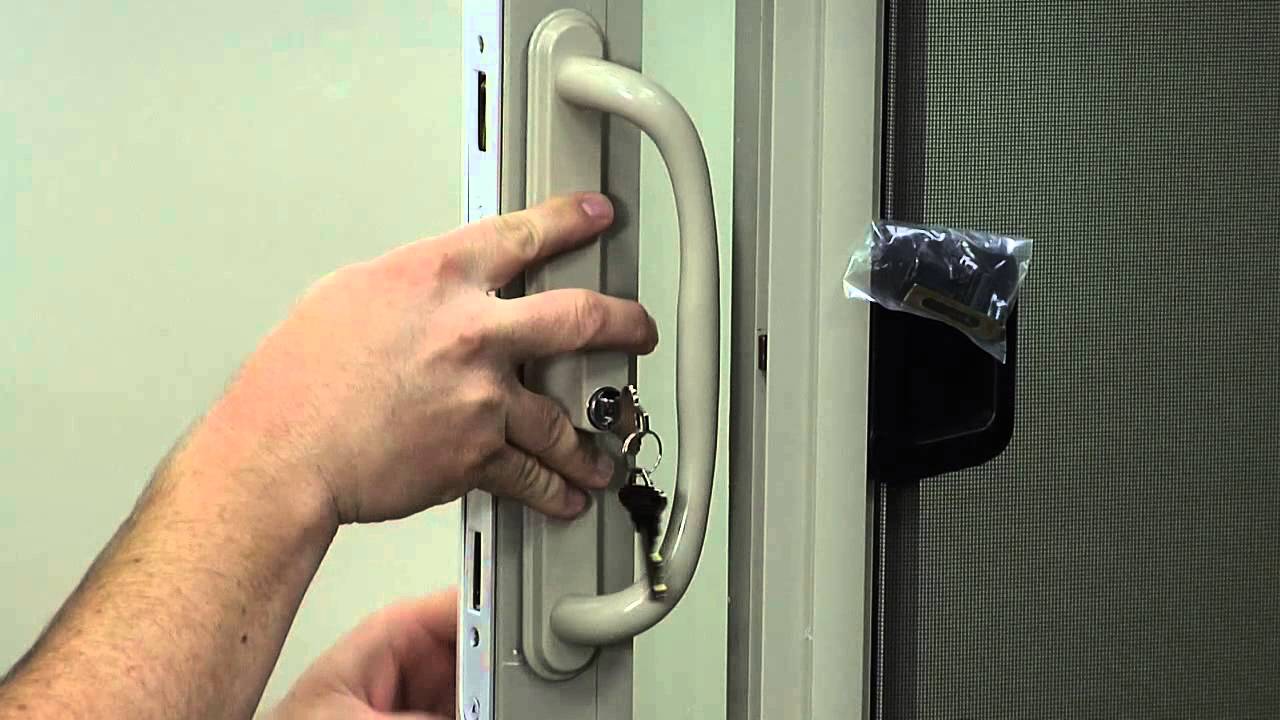
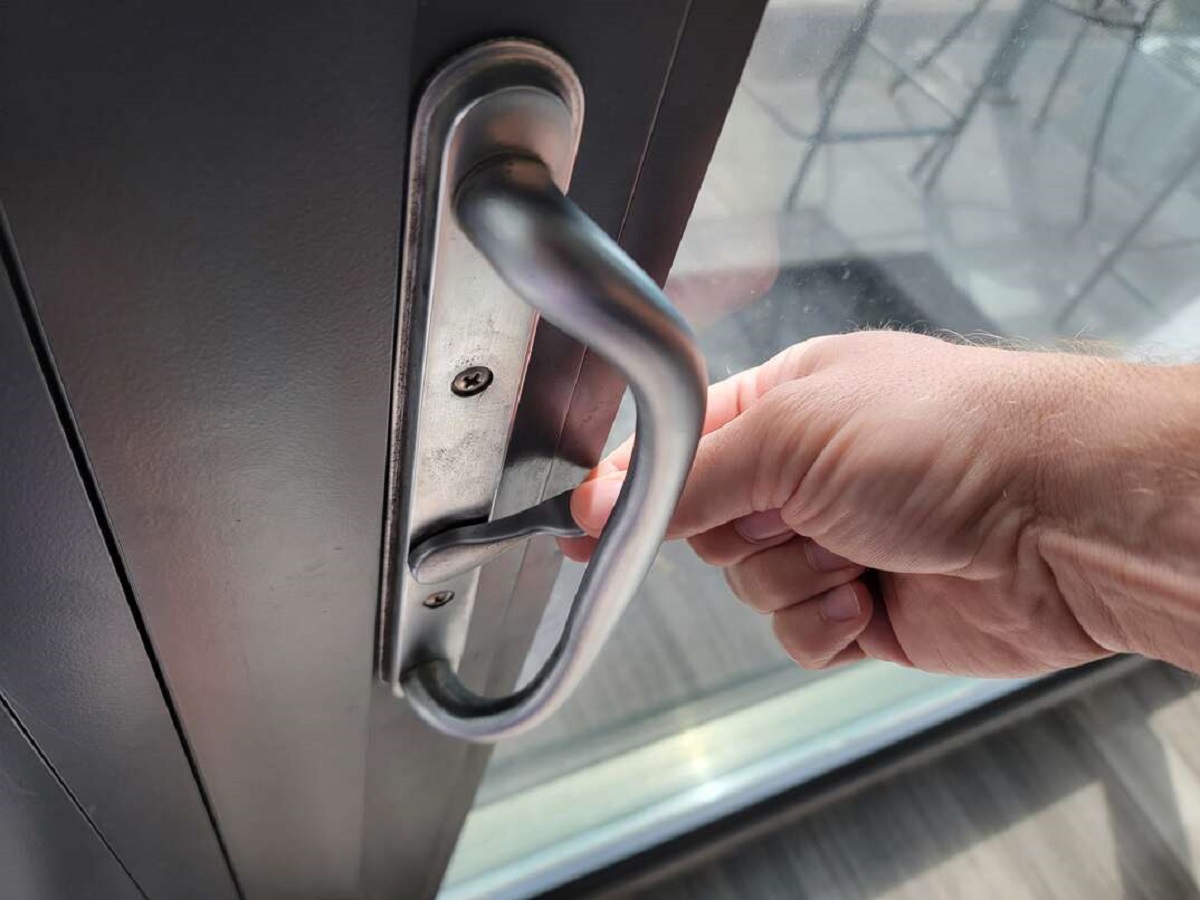
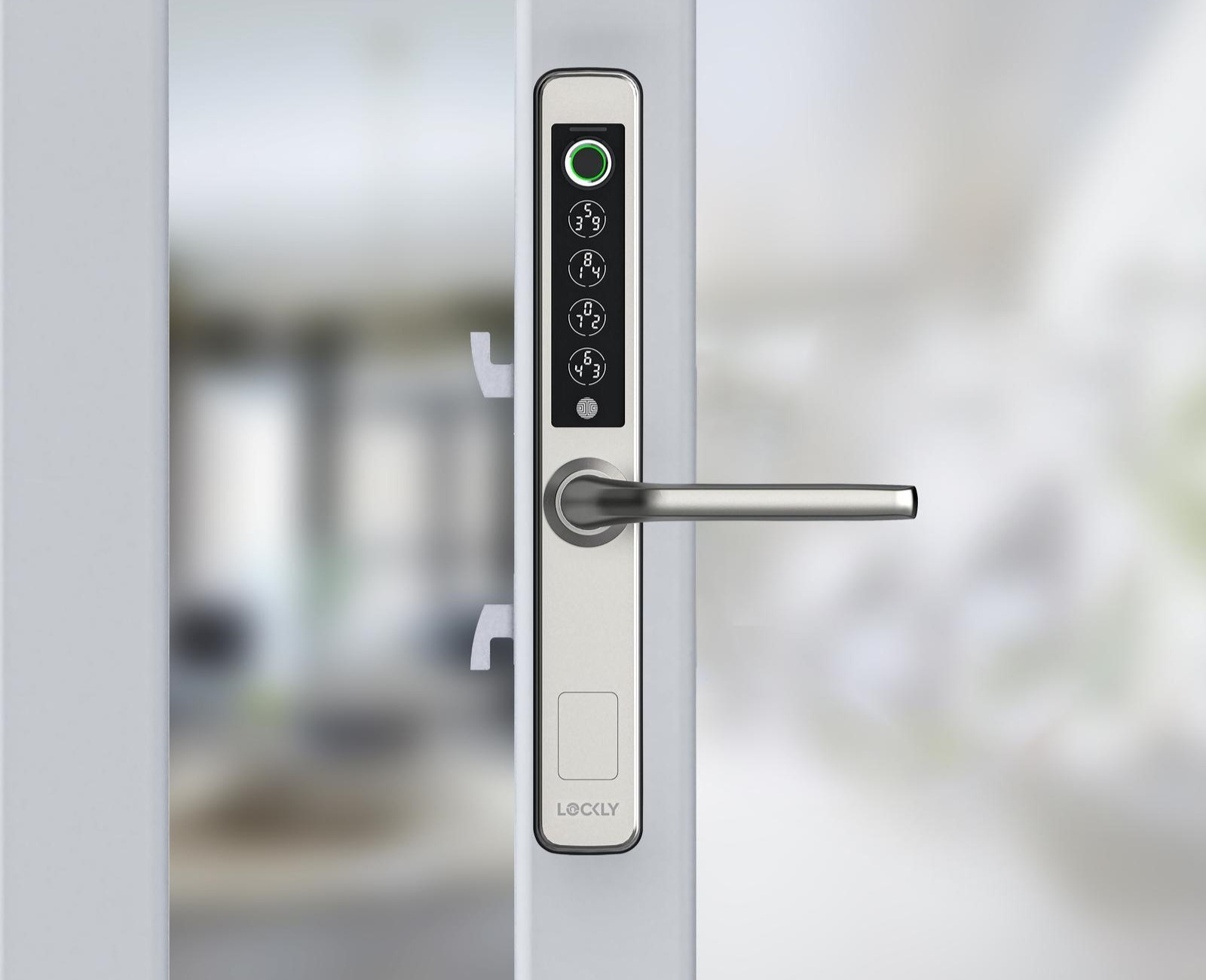
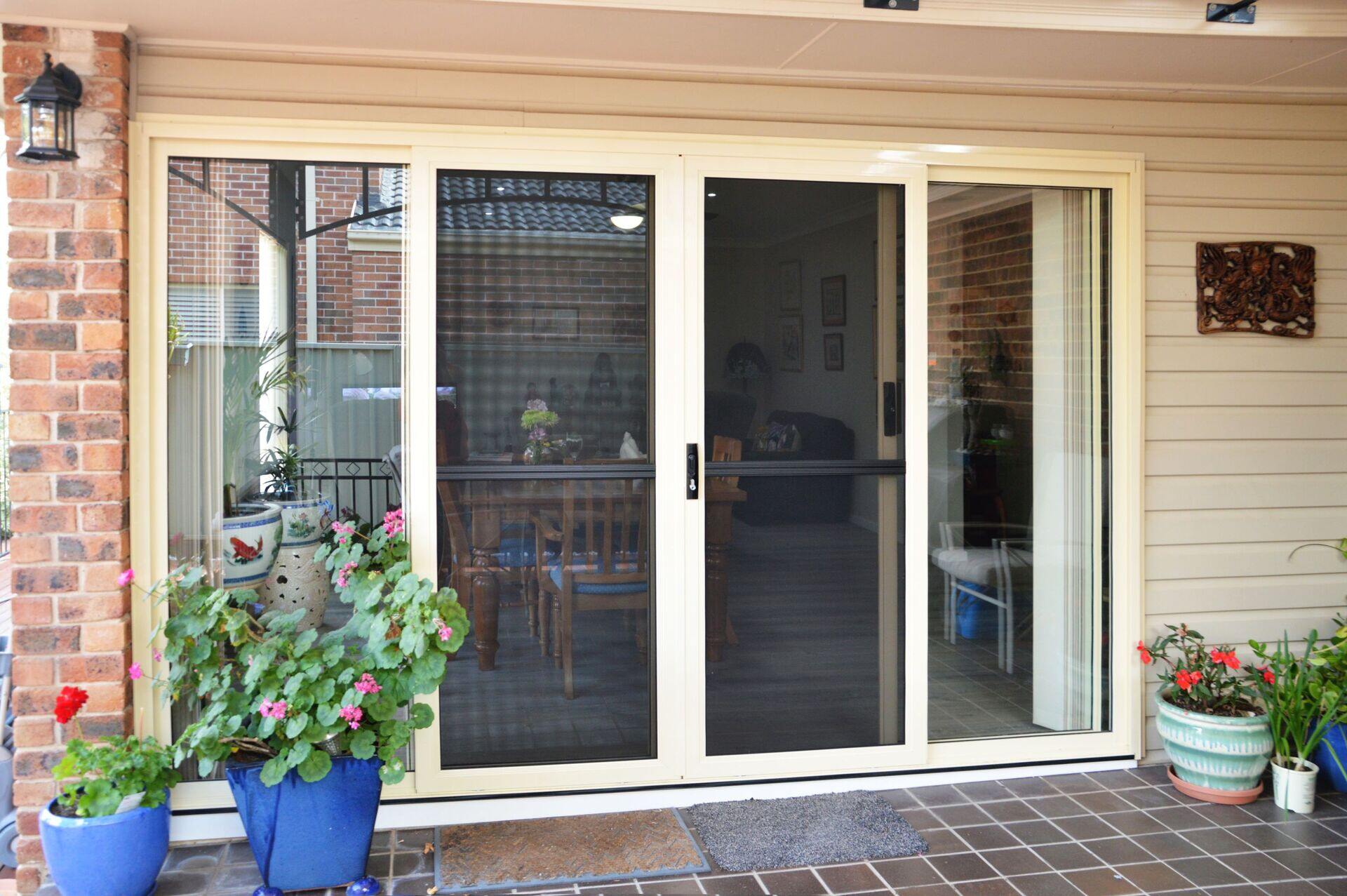
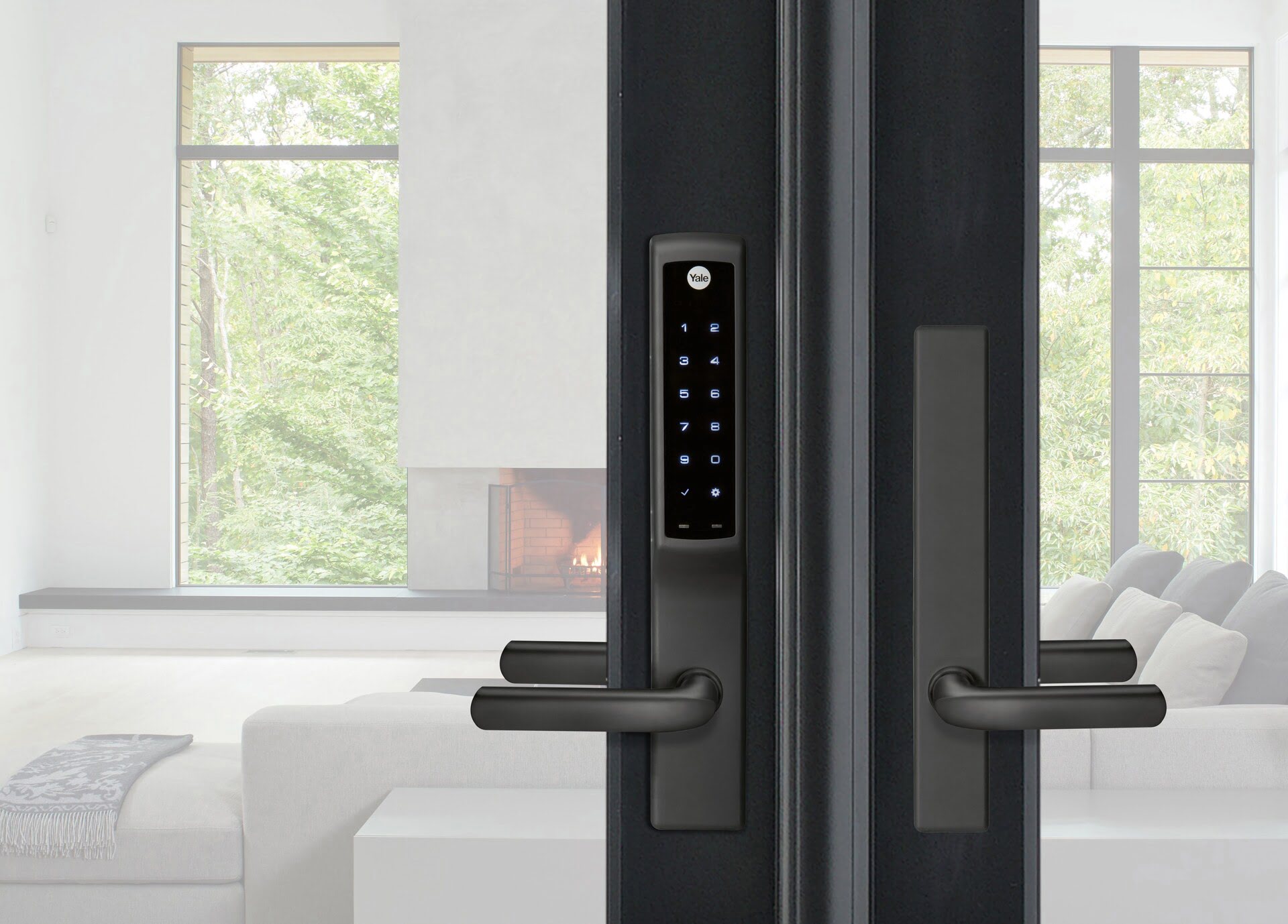
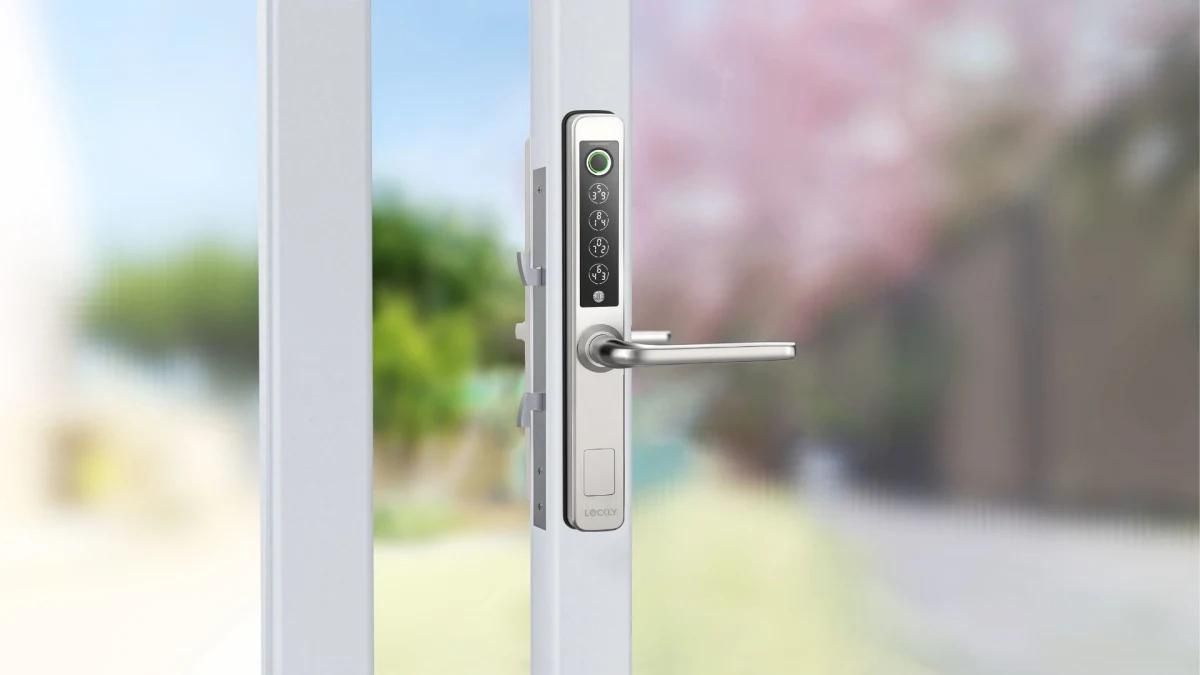
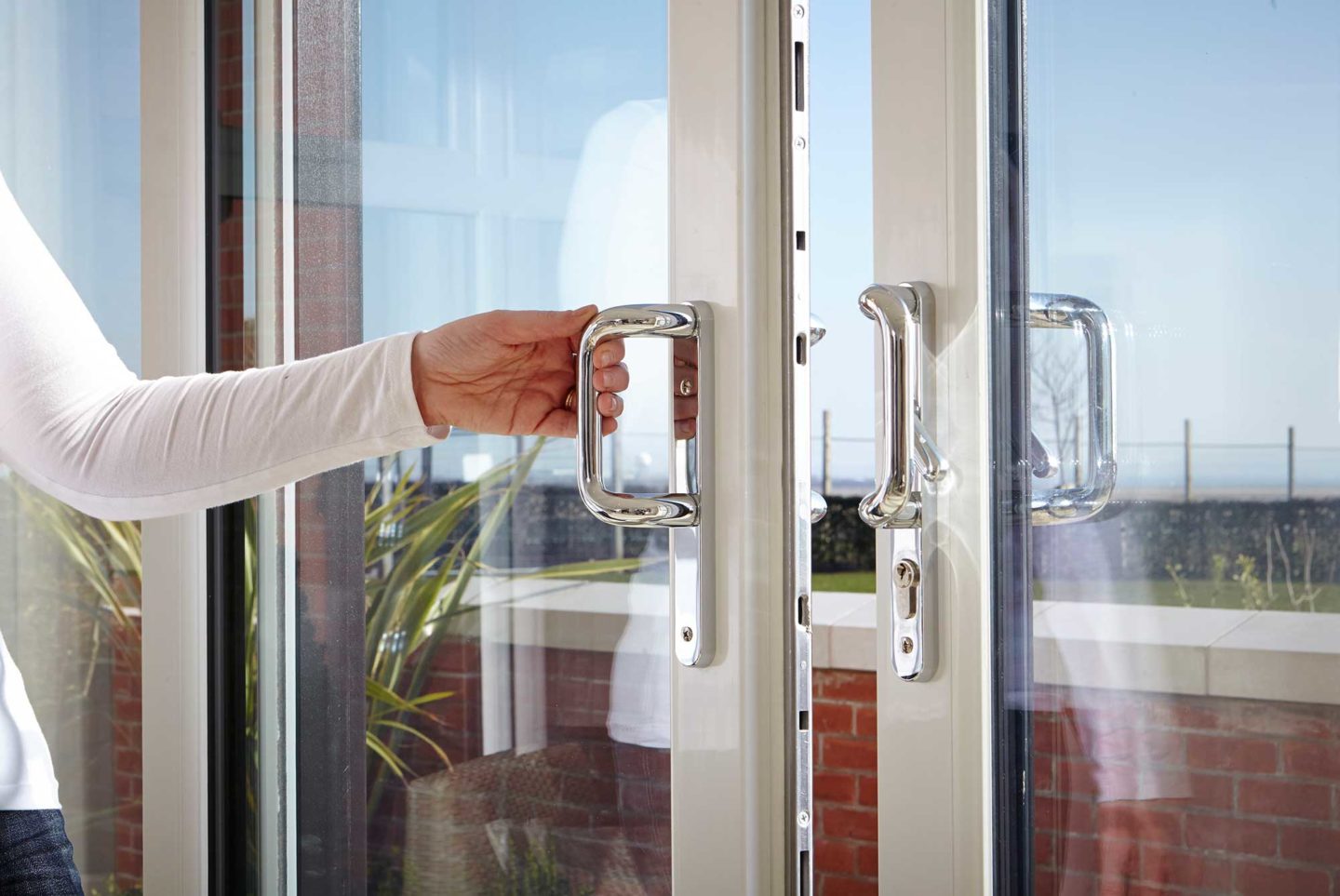
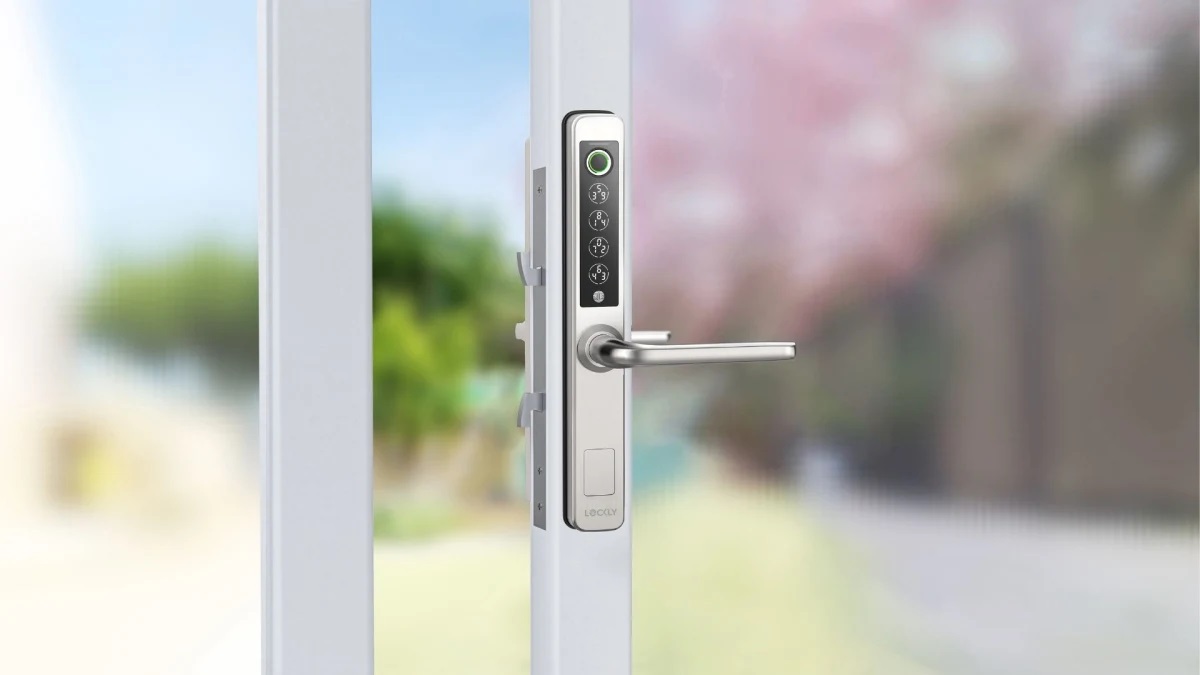
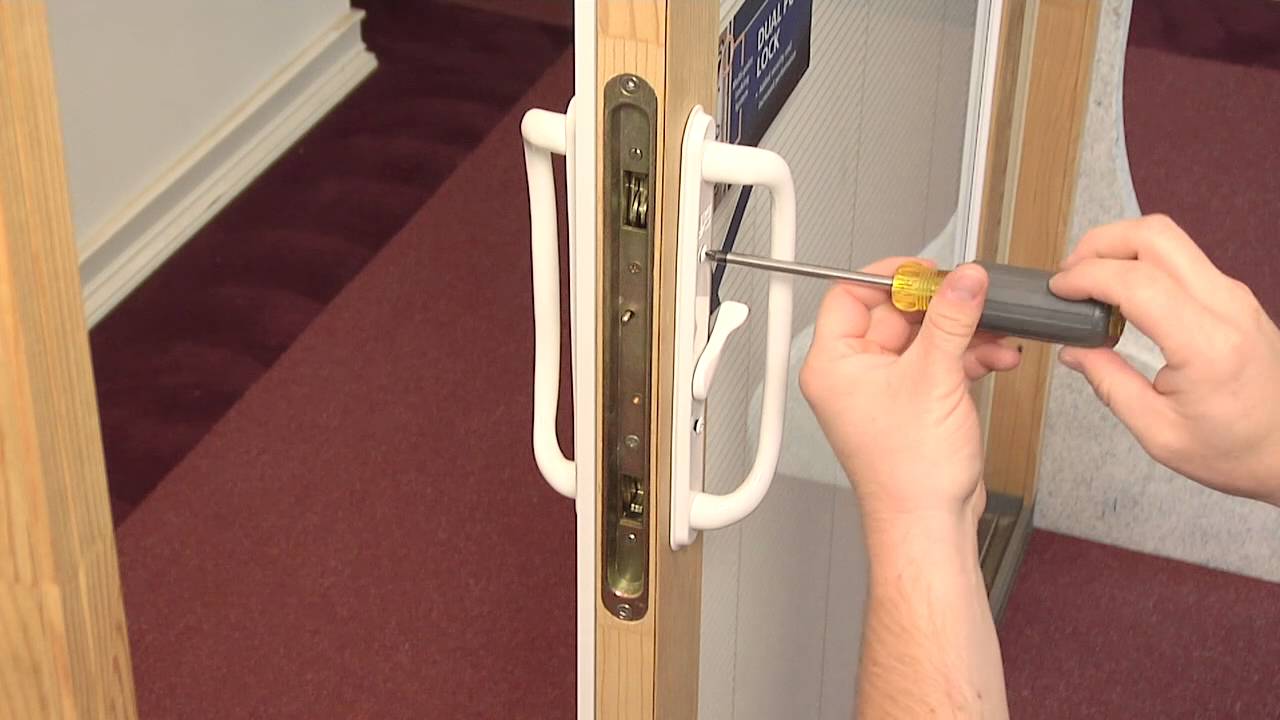
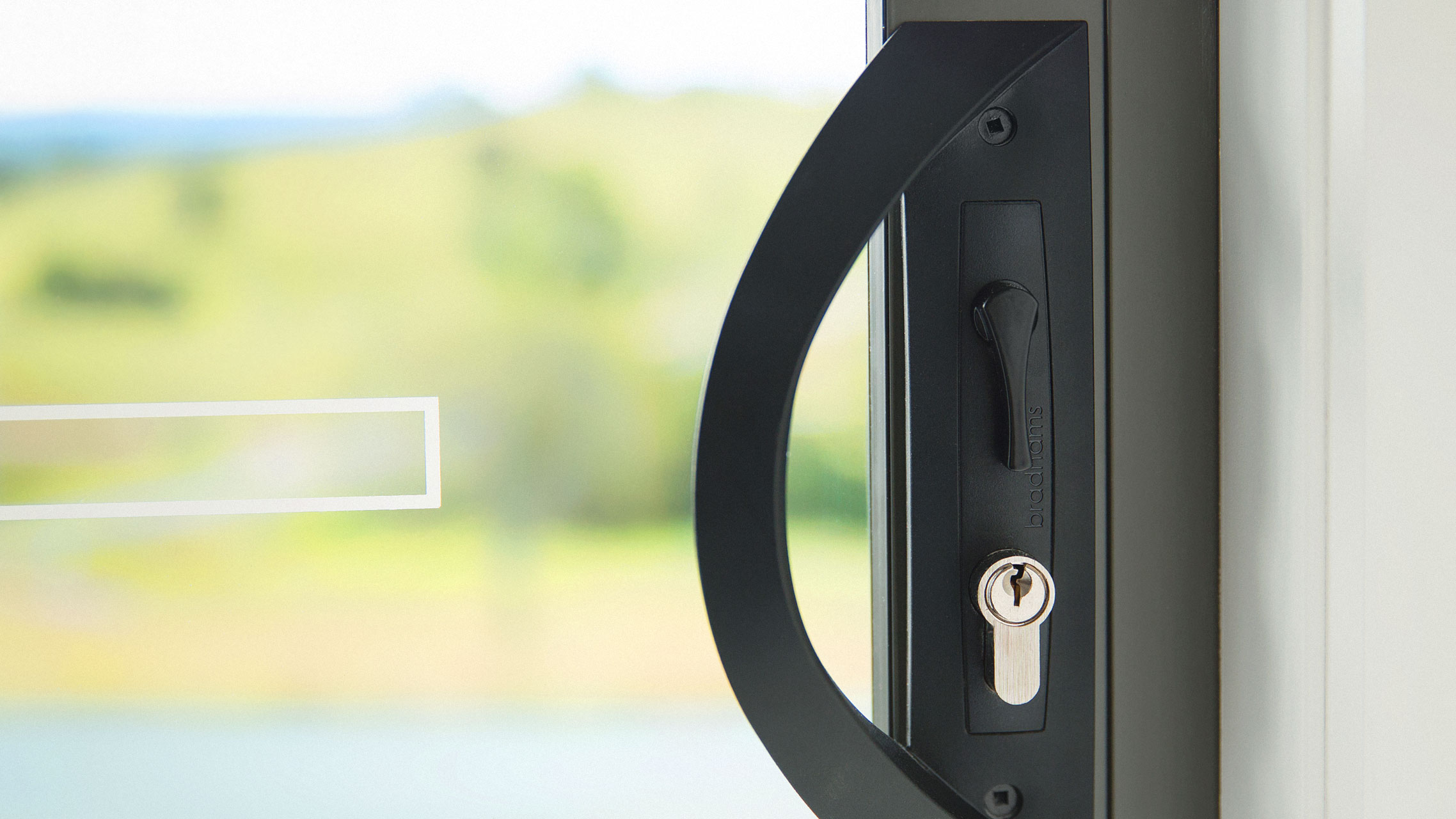
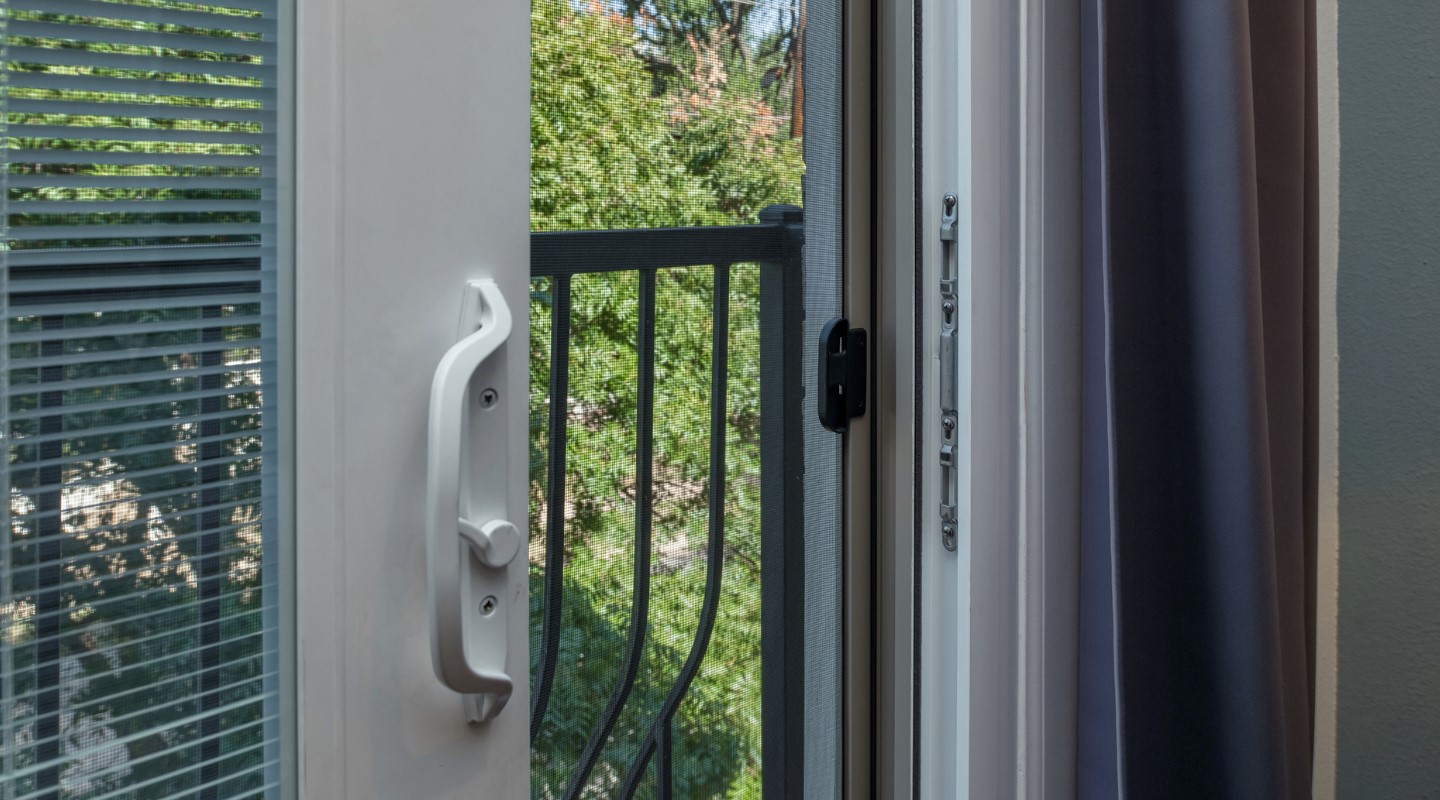

0 thoughts on “How To Open A Locked Sliding Glass Door”